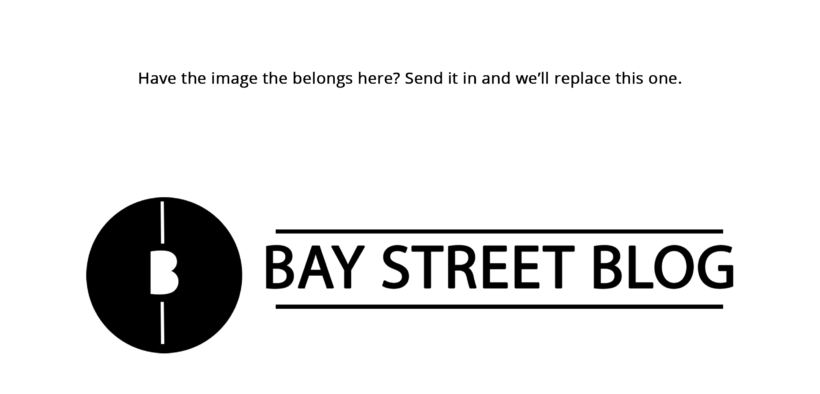Forex Leverage and Margin Explained
Share

If you ever took the time to read a Forex trading article before, then you’ve most probably come across the statement that “leverage is a double-edged sword”. This is true to some degree, especially so for newcomers who wish to get rich overnight and then proceed to lose tons of money due to improper use of leverage ratios. For this reason, people who are new to Forex trading should take their sweet time to investigate how exactly leverage and margin work in this trade. Hence, I’ve prepared a detailed guide explaining both of these features for newcomers to minimize their losses and increase their gains.
Leverage explained
Simply put, leverage is the money you ‘borrow’ from your broker to make bigger trades which otherwise wouldn’t be possible on your own. Unlike the stock exchange, with Forex trading the smallest change in price between a pair of currencies, called pips, are relatively small, usually measured in mere fractions of a cent. Therefore, leverage is used to up the total amount of money involved in a transaction in order to increase the potential profits as a result. This means that with a small initial capital investment of just $1, in a typical 100:1 leverage ratio, you would in fact have as much as $100 at your disposal. Generally, you’d invest more than $1, as one standard lot is equivalent to $100,000 and a mini-lot $10,000. Also, apart from the obvious benefits of trading in such huge numbers, comes the risk of making huge losses as well. For this reason understanding the difference in available leverage ratios, margins, and proper profit/loss calculations is vital for the success of your trading career.
Margin explained
Of course, dealing with such high figures warrants the need for a certain safety deposit made on each transaction, or in other words, the margin required, to the broker in question. Without it, leverage simply wouldn’t be possible. Hence, in certain cases when the loss of a trade exceeds the total amount of money in a Forex account, the broker issues a margin call to the investor, which means they have to deposit additional funds into their account to continue working. This total amount of money on your account is appropriately named account margin and it’s divided into usable and used margin respectively. Usable margin is basically the amount of money you can work with on your account for opening new trading positions and the like, whereas used margins are locked as they’re used to maintaining your existing trading positions and they cannot be unlocked until you either receive an ROI on your transaction or a margin call by the broker due to a loss.
Leverage and margin ratios
Now, in order to understand how to properly calculate your overall profits and losses, it’s important to delve a bit deeper with leverage and margin ratios. In essence, there are four major leverage ratios that are most commonly used, and these are 20:1, 50:1, 100:1, and 200:1. In the US, citizens are allowed a maximum of 50:1 leverage ratio for major and minor pairs, as well as 20:1 for exotic pairs, as far as the rest of the world is concerned these will vary from broker to broker. However, if the pressure of using such large amounts of someone else’s money wasn’t enough, there’s also the risk of running into a shady broker that will try to scam you. This is why Forex traders need to be extra careful, not only when they’re choosing their leverage ratios, but also while they’re searching for a reputable Forex broker. In addition, the margin is calculated based on the percentage of the overall amount and not the ratio, as is the case with leverage. So, for example, the margin for a 50:1 leverage is 2% of the total amount; for 100:1 it’s 1%; 200:1 0.5%; and so on.
Profits and losses
Finally, we come to the most vital aspect of Forex trading and that is calculating your ROI and potential losses for each transaction. Let’s take a few nice round numbers to demonstrate this, for example, say you deposit $1000 into your forex account with a leverage ratio of 100:1. This means you would have a total amount of $100,000, or one standard unit, at your disposal. Now, considering that the exchange rate between the USD and the EUR is around $10 per pip, let’s assume two possible scenarios that may occur. In the first one, there was a loss of 50 pips, resulting in a loss of $500, which is 50% of the invested capital. Similarly, in the second scenario, there was a gain of 50 pips, meaning that another $500 dollars are added to our account. Furthermore, if the leverage ratio was 20:1 instead, the profit and loss in both cases would only be 100$ in size, a mere 10% of the total amount of invested capital. Meaning, you have to be extremely careful when choosing your leverage ratios as you can lose a lot of money very fast.
All in all, even though this might seem a bit scary to some newcomers, they have nothing to fear as the proper use of leverage ratios and margins will minimize the potential risks involved. This is why lower leverage ratios are advised for beginners until they’ve fully mastered the tools of the trade.
You may also be interested in: Why Should You Trade in the Forex Market?
Writer: David Webb
Disclaimer: All investing can potentially be risky. Investing or borrowing can lead into financial losses. All content on Bay Street Blog are solely for educational purposes. All other information are obtained from credible and authoritative references. Bay Street Blog is not responsible for any financial losses from the information provided. When investing or borrowing, always consult with an industry professional.






Bay Street Blog Newsletter
Click here to subscribe for a financial savvy experience.
Please check your email to confirm subscription!